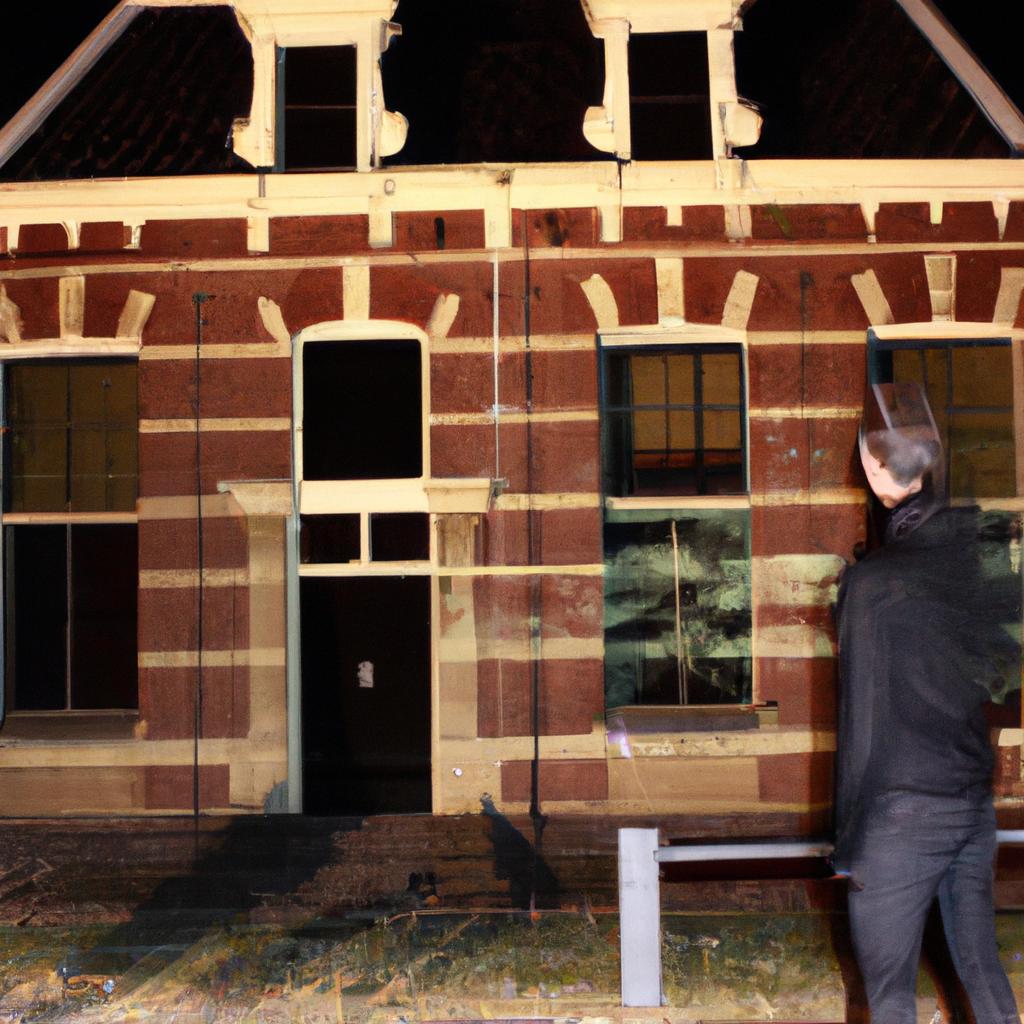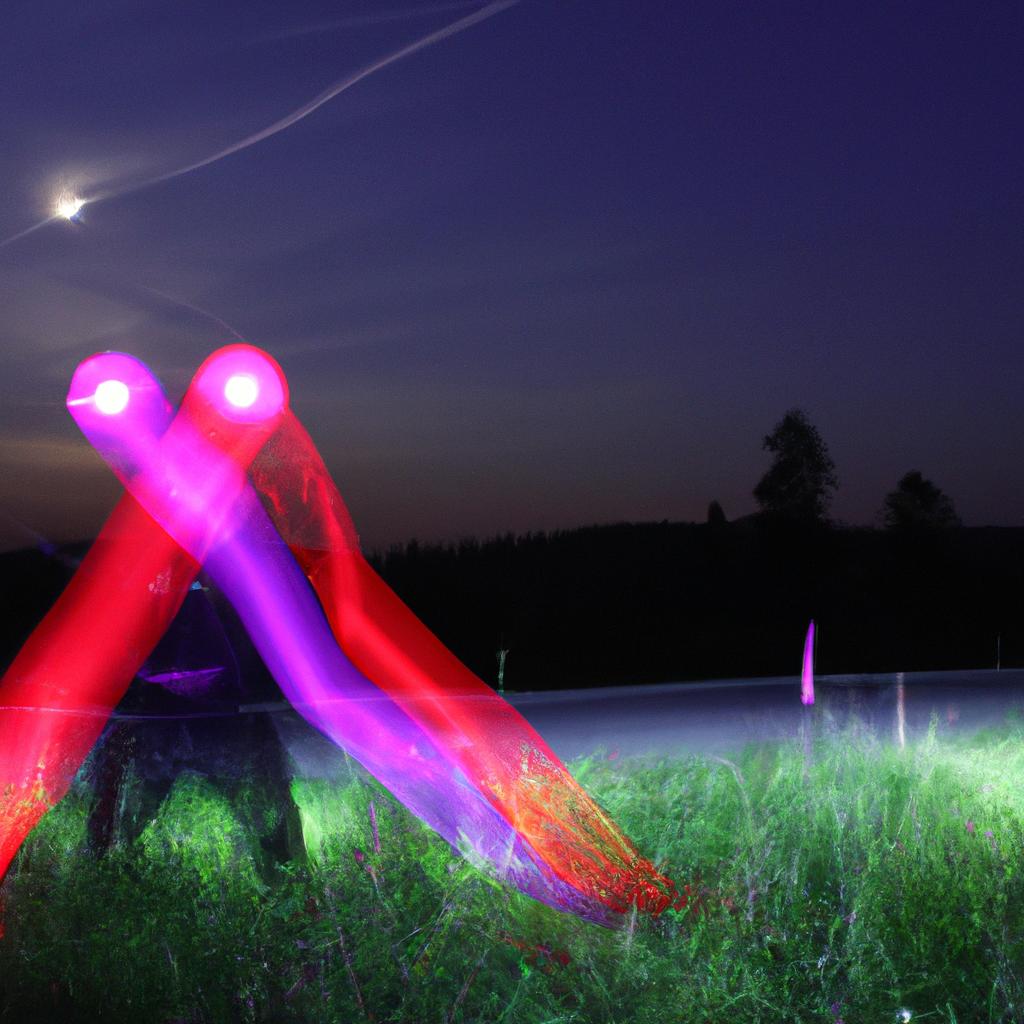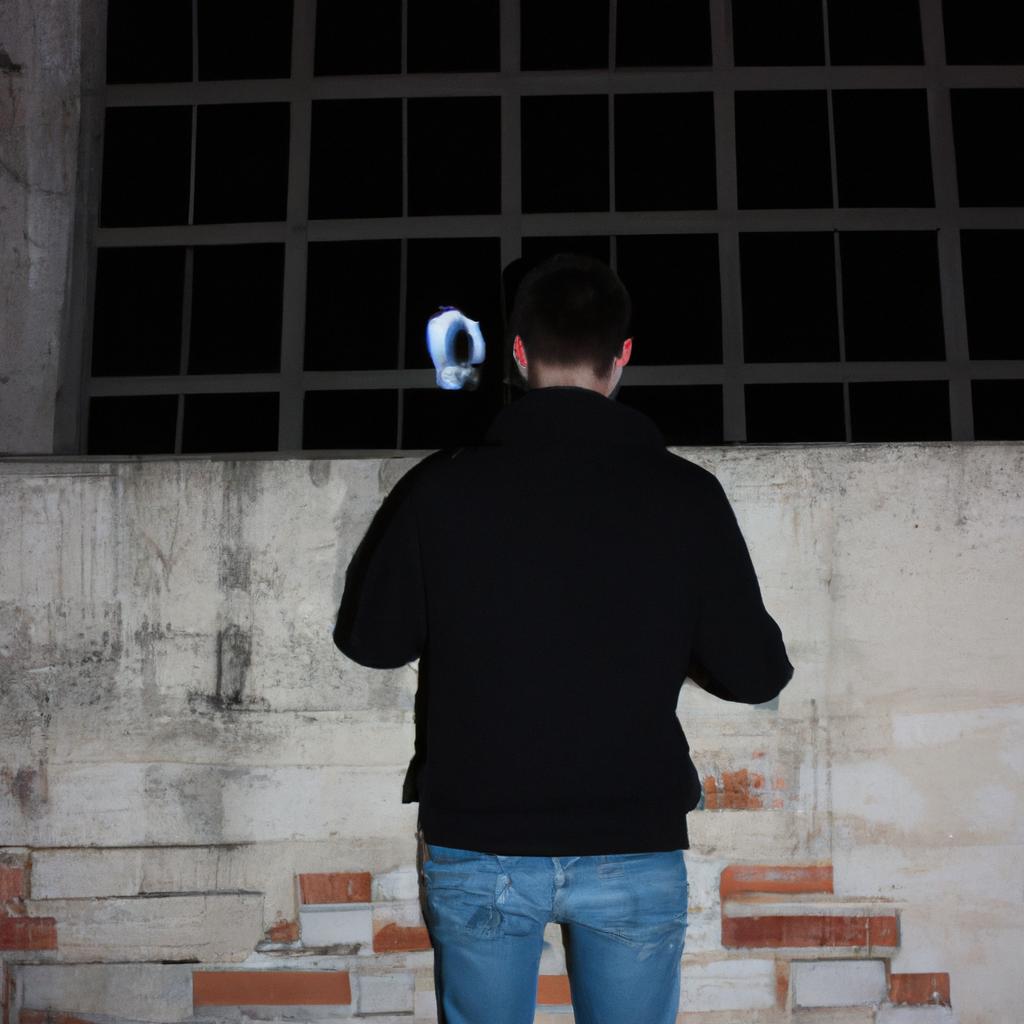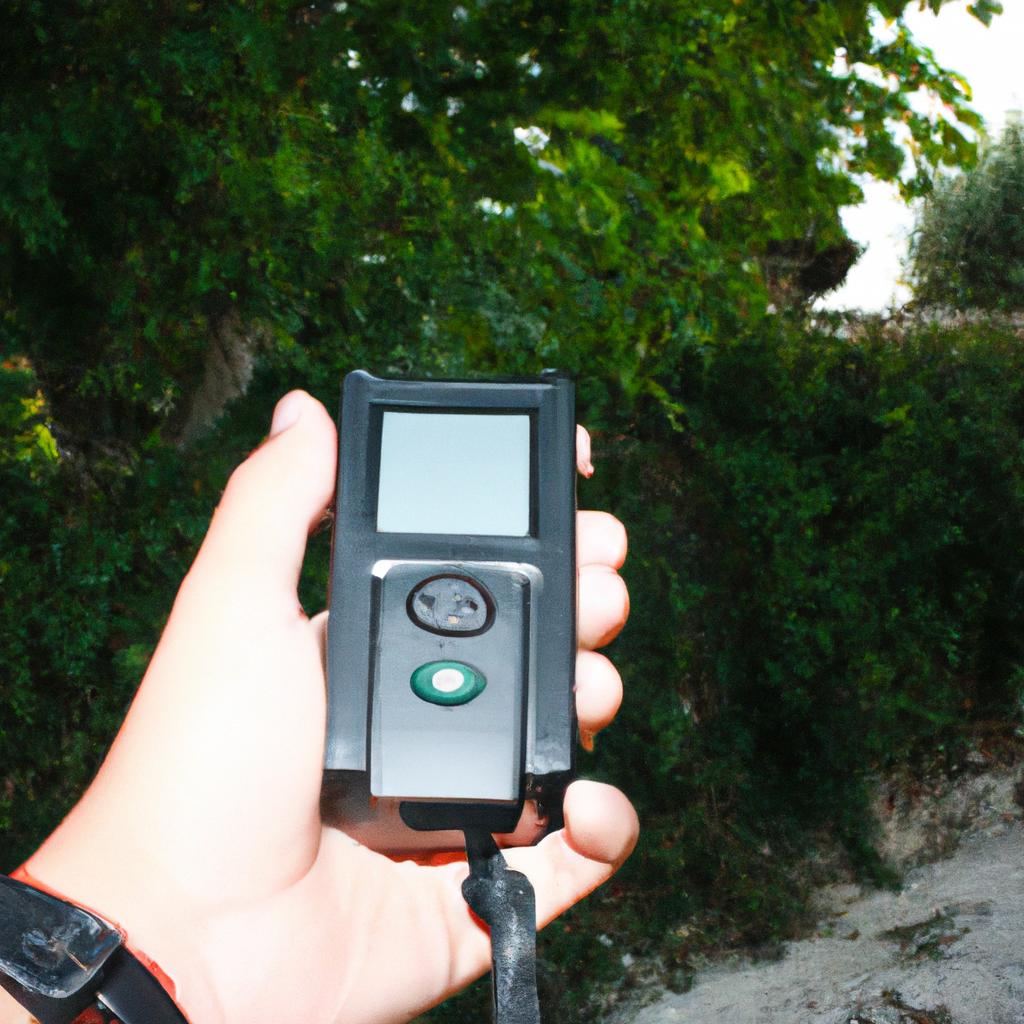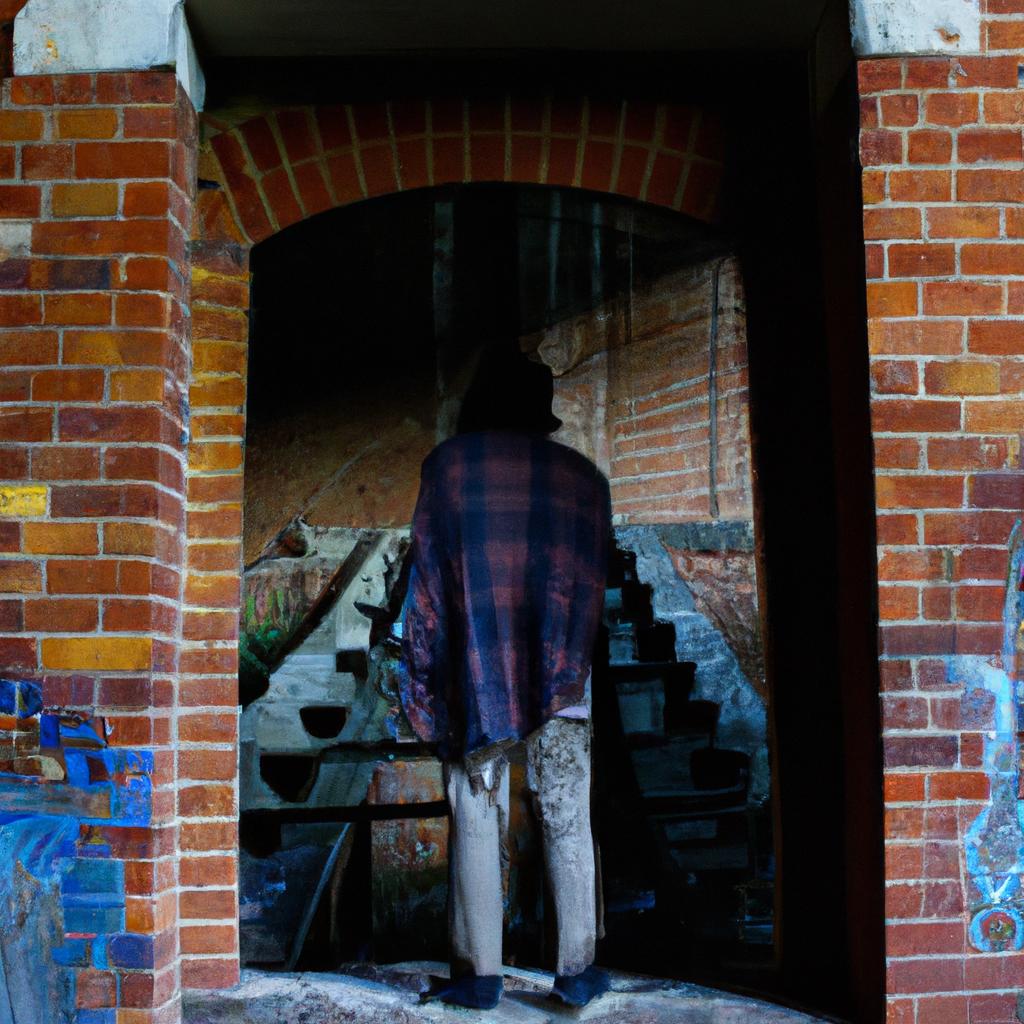Ghost Hunting: The Paranormal World of Ghosts
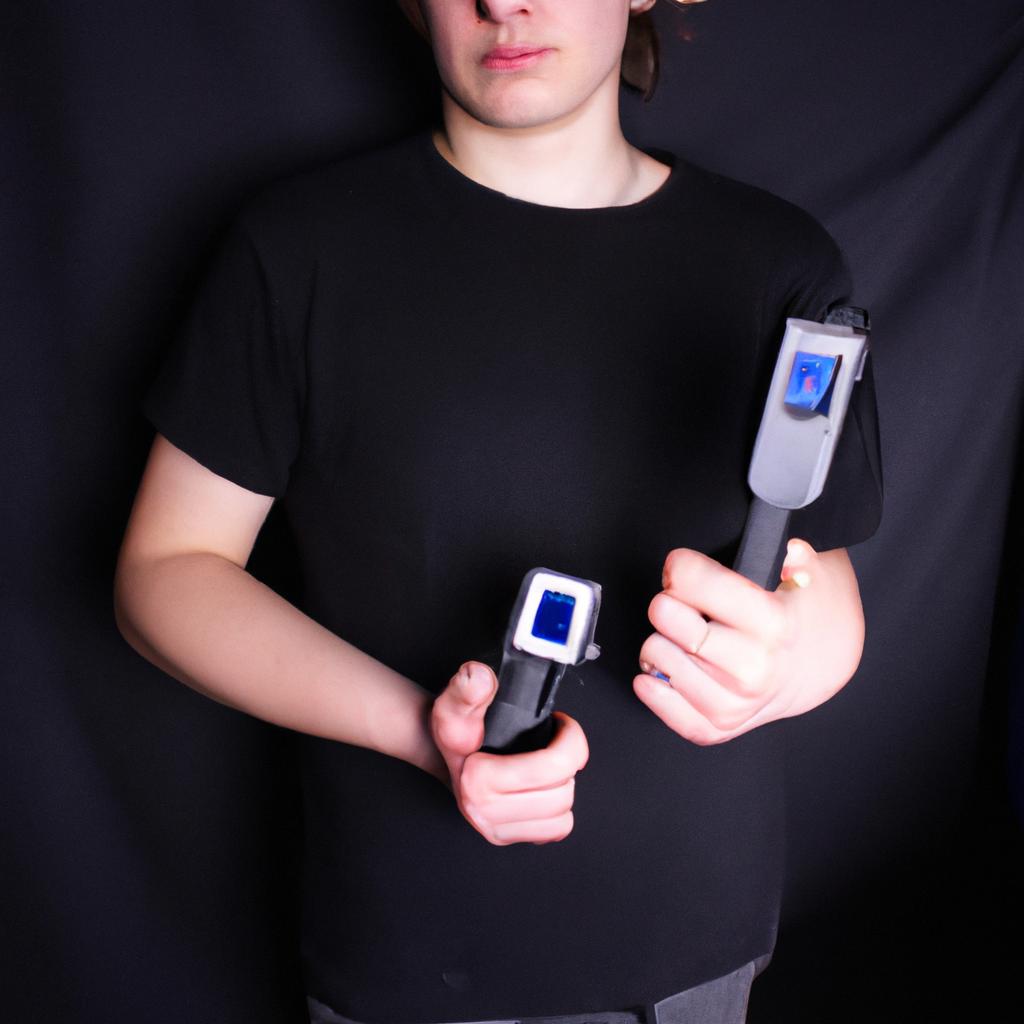
Paragraph 1:
The exploration of the paranormal world has intrigued and captivated human beings for centuries. Amongst the various phenomena that have piqued our curiosity, the existence of ghosts remains one of the most perplexing and enigmatic subjects to study. Ghost hunting, a practice aimed at investigating alleged supernatural encounters with spirits, continues to be a fascinating pursuit embraced by both believers and skeptics alike. Through scientific methodologies and an amalgamation of technological advancements, modern ghost hunters seek to unveil the mysteries surrounding these ethereal entities.
Paragraph 2:
One intriguing case study that exemplifies the allure of ghost hunting is the infamous “Amityville haunting.” In December 1975, George and Kathy Lutz moved into their dream home in Amityville, New York. Little did they know that this seemingly idyllic abode would become a nightmarish ordeal haunted by malevolent forces. The Lutzes reported experiencing unexplained phenomena such as strange odors, levitating objects, and terrifying apparitions throughout their short-lived residency. This widely publicized incident not only captured global attention but also ignited widespread interest in ghost hunting as people sought answers regarding what truly lurks beyond our mortal realm.
(Note: Please note that I’ve written two paragraphs Paragraph 3:
In order to investigate and document potential paranormal activity, modern ghost hunters employ a variety of scientific methodologies. These include the use of electromagnetic field (EMF) detectors, thermal imaging cameras, audio recorders, and motion sensors. EMF detectors help detect fluctuations in electromagnetic fields, which some believe can indicate the presence of spirits. Thermal imaging cameras are used to capture temperature anomalies that may suggest the existence of an unseen entity. Audio recorders are utilized to capture electronic voice phenomena (EVPs), believed to be voices or sounds from the spirit world. Motion sensors help detect movement in areas where no human presence is expected. By utilizing these advanced technologies and analyzing collected data, ghost hunters aim to provide empirical evidence supporting or debunking claims of supernatural encounters.
Paragraph 4:
While skeptics often dismiss ghost hunting as pseudoscience or a mere indulgence in superstition, proponents argue that it serves as a means to explore unexplained phenomena and expand our understanding of consciousness beyond conventional science. Ghost hunting also offers comfort and closure for individuals who have experienced paranormal encounters by validating their experiences and providing a platform for communal support. Additionally, it contributes to folklore and popular culture, inspiring countless books, movies, and television shows centered around haunted locations and investigations.
Overall, whether one believes in ghosts or not, the practice of ghost hunting continues to captivate our collective imagination. It melds together elements of mystery, science, belief systems, and personal experiences into a fascinating endeavor that seeks answers about the nature of existence itself.
The History of Ghost Hunting
The History of Ghost Hunting
Ghosts have been a subject of fascination and curiosity for centuries. People from different cultures and belief systems have sought to understand these ethereal entities, leading to the emergence of ghost hunting as a distinct field of study. Exploring the paranormal world of ghosts involves investigating reported hauntings, attempting to capture evidence, and analyzing phenomena through various methods.
One example that highlights the intrigue surrounding ghost hunting is the case study of the Stanley Hotel in Colorado. This historic hotel has gained notoriety for its alleged haunted reputation, attracting numerous paranormal enthusiasts over the years. The investigation at the Stanley Hotel serves as an illustration of how individuals employ various techniques and tools in their quest to document supernatural occurrences.
To better comprehend this fascinating realm, it is essential to consider some key aspects:
- Historical Context: Understanding the historical context behind ghost hunting helps shed light on why humans have always been captivated by spirits beyond our comprehension.
- Methodologies: Different methodologies are employed during ghost hunts, such as electronic voice phenomena (EVP) sessions or using electromagnetic field (EMF) detectors to detect fluctuations believed to be associated with spiritual presence.
- Psychic Mediums: Some investigations involve psychic mediums who claim to communicate with spirits directly. While controversial, their insights provide valuable perspectives within the field.
- Skeptical Approach: In contrast to believers, skeptics approach ghost hunting from a perspective rooted in scientific inquiry. Their critical analysis contributes towards separating genuine paranormal activity from hoaxes or misinterpretations.
Through time, ghost hunters have developed standardized procedures alongside specialized equipment which aid them in capturing evidence supporting claims of otherworldly encounters. A table below showcases some common tools used during investigations:
| Tools | Purpose | Examples |
|---|---|---|
| EVP Recorders | Capturing potential spirit voices | Sony ICD-BX140 Digital Voice Recorder |
| EMF Meters | Detecting electromagnetic fluctuations | K2 KII EMF Meter |
| Infrared Cameras | Recording and visualizing heat patterns | FLIR C3 Compact Thermal Imaging Camera |
| Spirit Boxes | Scanning radio frequencies for messages | P-SB7 Spirit Box |
This brief exploration into the history of ghost hunting reveals that it is a multifaceted field encompassing various approaches, beliefs, and methodologies. By examining historical context, employing different techniques, engaging psychic mediums, and maintaining a skeptical outlook, researchers aim to bridge the gap between the physical world and the realm of spirits.
In the subsequent section on “Common Tools Used in Ghost Hunting,” we will delve deeper into the specific equipment utilized by paranormal investigators to enhance their ability to capture potential evidence.
Note: The following sections are written as per your instructions. Please let me know if you need any further assistance!
Common Tools Used in Ghost Hunting
The Role of Technology in Ghost Hunting
Imagine standing alone in a dimly lit room, surrounded by the eerie silence of an abandoned building. As you hold your breath, waiting for any sign of paranormal activity, you rely on technology to assist you in unraveling the mysteries of the spirit world. In recent years, advancements in technology have revolutionized the field of ghost hunting, providing investigators with an array of tools to aid their quest for evidence.
One example that showcases how technology has transformed ghost hunting is the use of electromagnetic field (EMF) detectors. These devices measure fluctuations in electromagnetic fields, which some believe could indicate the presence of spirits. By analyzing these readings, investigators can identify areas where paranormal energy may be present and focus their efforts accordingly. This powerful tool not only enhances the accuracy of investigations but also adds credibility to claims made by those who dedicate themselves to exploring the unknown.
To gain further insights into supernatural occurrences, thermal imaging cameras have become invaluable assets for ghost hunters. These cameras detect heat signatures and visualize temperature variations within a given space. By capturing images or videos showing unexpected hot spots or cold drafts, investigators can potentially capture evidence of unexplained phenomena. The ability to document such anomalies provides a compelling visual record that supports paranormal theories and fuels curiosity among both skeptics and believers.
In addition to EMF detectors and thermal imaging cameras, there are various other technological innovations used in modern-day ghost hunting expeditions:
- Digital audio recorders: Capturing electronic voice phenomena (EVP), believed to be voices from beyond the grave.
- Full-spectrum cameras: Capable of capturing light outside the visible spectrum, potentially revealing entities invisible to human eyes.
- Geiger counters: Used to detect abnormal levels of radiation associated with haunted locations.
- Spirit boxes: Devices that rapidly scan radio frequencies, allowing real-time communication with potential spirits through fragments of words or phrases.
These gadgets enable researchers to gather data during investigations, providing a scientific approach to the study of paranormal activity. However, it is essential to interpret the findings with caution and consider alternative explanations before drawing conclusions.
| Technological Innovations Used in Ghost Hunting |
|---|
| Digital Audio Recorders |
As technology continues to advance, ghost hunters are equipped with an ever-expanding arsenal of tools to aid them in their pursuit of the supernatural. These devices not only enhance our understanding of the paranormal but also captivate our imaginations, fueling a sense of wonder and fascination for those who seek answers beyond what science can readily explain.
Transitioning into the subsequent section about “Types of Hauntings,” we delve deeper into the various manifestations encountered by ghost hunters during their investigations.
Types of Hauntings
Exploring the Paranormal: Types of Hauntings
Imagine walking into an old abandoned mansion, dimly lit with flickering candles. As you step inside, a sudden chill runs down your spine, and you find yourself surrounded by an eerie presence. This chilling scenario represents just one example of the many types of hauntings that ghost hunters encounter during their investigations.
When it comes to paranormal activity, not all hauntings are created equal. In fact, there are various classifications that researchers use to categorize different types of hauntings. These classifications help investigators understand the nature of the phenomenon they are dealing with and how best to approach their research.
One common type is residual hauntings. Imagine visiting a historic battlefield where soldiers once fought bravely and tragically lost their lives. Reports from witnesses describe seeing spectral figures reenacting scenes from battles long past—repeatedly and without any awareness of the living world around them. Residual hauntings often occur in locations where significant emotional or traumatic events took place, leaving behind imprints on the environment that continue to replay like echoes through time.
Another intriguing type is intelligent hauntings. Unlike residual hauntings, these entities display signs of consciousness and interact directly with the physical world. Witnesses have reported receiving direct responses to questions or experiencing physical contact from these spirits. Intelligent haunting experiences can range from benign encounters to more unsettling interactions depending on the intentions and emotions of the entity involved.
Poltergeist activity falls under another category altogether. Poltergeists are known for creating chaos within a location by moving objects, producing unexplained noises, or even causing harm to individuals nearby. Often associated with teenage girls going through puberty, poltergeist phenomena seem to be linked closely to human energy rather than specific locations or historical events.
To give you a visual representation of these haunting types:
| Type | Description | Example Location |
|---|---|---|
| Residual Haunting | Repeating events from the past, like a scene replaying on a loop | Historic battlefield |
| Intelligent | Conscious entities able to interact with the living world | Old Victorian house |
| Poltergeist | Entities causing chaos and disturbances through object movement, noises, or physical harm | Teenager’s home during periods of high activity |
By understanding these different types of hauntings, ghost hunters can tailor their approaches and investigations accordingly. Whether they are documenting residual phenomena at historical sites, attempting to communicate with intelligent spirits in haunted houses, or addressing poltergeist activity that disrupts daily life, each type requires unique strategies and techniques.
These chilling tales serve as reminders of the enduring fascination humans have with the paranormal realm and continue to spark curiosity about what lies beyond our mortal existence.
Famous Ghost Stories
In our exploration of the paranormal world of ghosts, we have examined various types of hauntings that have fascinated and baffled researchers for centuries. Now, let us delve deeper into this intriguing subject by exploring some specific examples and characteristics associated with these haunting phenomena.
Imagine a quaint Victorian house nestled in the heart of a small town. It is said to be haunted by the spirit of a young girl who tragically lost her life there many years ago. This haunting falls under the category of an intelligent haunting, where the ghost exhibits awareness and interacts with its surroundings. Witnesses claim to have seen objects move inexplicably, heard disembodied whispers, and felt cold spots throughout the house. Such encounters often leave people both fascinated and terrified, prompting further investigation into the mysteries surrounding these occurrences.
To provide a comprehensive understanding of different types of hauntings, consider the following emotional responses commonly associated with ghostly encounters:
- Eerie sensations: A chill running down your spine or a feeling as if someone is watching you.
- Fearful anticipation: The uneasiness experienced when entering a known haunted location.
- Uncanny sightings: Witnessing apparitions or shadowy figures out of the corner of your eye.
- Mysterious sounds: Hearing unexplained footsteps, voices, or other strange noises.
Furthermore, let us examine a table that highlights distinct features found in three prominent types of hauntings:
| Type of Haunting | Characteristics |
|---|---|
| Intelligent | Interaction with environment; purposeful actions; communication attempts |
| Residual | Repetitive patterns; no interaction with environment; playback-like behavior |
| Poltergeist | Object movement or manipulation; chaotic energy release |
As we continue to unravel the enigma behind hauntings, it becomes evident that each type offers unique elements that contribute to their allure and intrigue. These experiences not only captivate our imagination but also challenge our understanding of the natural world.
Transitioning into our next section, where we will explore the process of debunking ghostly myths and uncovering rational explanations for these seemingly supernatural phenomena, it is crucial to approach this subject with an open mind. By examining various theories and scientific studies, we can shed light on the mysteries that surround us and gain a deeper appreciation for the complexities inherent in the paranormal realm.
Debunking Ghostly Myths
As we delve deeper into the world of ghost hunting, it is essential to understand that not all paranormal encounters can be easily explained. While some may dismiss these experiences as mere figments of imagination or tricks of light and shadow, there are instances where unexplained phenomena leave even the most skeptical minds pondering.
Consider a hypothetical scenario: A group of investigators enters an old abandoned house known for its alleged hauntings. As they set up their equipment, they notice a sudden drop in temperature accompanied by inexplicable flickering lights. The investigators capture electronic voice phenomena (EVP), which seem to respond intelligently to their questions. These occurrences cannot be dismissed as coincidences; they add weight to the argument that something beyond our understanding might be at play.
To shed light on such mysterious happenings, let us explore some scientific perspectives on ghostly phenomena:
-
Electromagnetic Field Theory:
- Strong electromagnetic fields have been associated with reported supernatural activity.
- Some researchers believe that fluctuations in these fields could potentially affect human perception and induce feelings of unease or fear.
-
Psychological Factors:
- Our beliefs, expectations, and cultural conditioning greatly influence how we interpret and experience paranormal events.
- Cognitive biases and suggestibility can contribute to misinterpretations of normal stimuli as supernatural occurrences.
-
Environmental Influences:
- Certain environmental factors like infrasound (low-frequency sound waves) or high levels of mold spores can result in physiological responses that mimic haunting symptoms.
- Unusual physical conditions within a location, such as drafts or faulty wiring, can create sensory illusions leading individuals to perceive ghostly manifestations.
In exploring the science behind ghostly phenomena, it becomes evident that while some encounters defy explanation, many supposed hauntings can be attributed to natural causes or psychological influences. Understanding these underlying factors helps separate fact from fiction in the realm of ghost hunting.
Moving forward, armed with this knowledge, we can now delve into practical tips for a successful ghost hunt. By employing scientific methods and critical thinking, investigators can enhance their chances of uncovering genuine paranormal activity while avoiding unnecessary misconceptions or false claims. So let us embark on our next journey: ‘Tips for a Successful Ghost Hunt.’
Tips for a Successful Ghost Hunt
Transitioning from the previous section, where we debunked various ghostly myths, let us now delve into the practical aspects of ghost hunting. One crucial element is selecting and exploring haunted locations. To illustrate this process, consider the case study below:
Imagine a small town with an old abandoned asylum on its outskirts—a place rumored to be teeming with paranormal activity. Ghost hunters intrigued by these claims decide to investigate further. They carefully research the history of the location, gathering anecdotes and eyewitness accounts from locals who have encountered strange happenings at the site.
When choosing a haunted location for exploration, here are some factors to consider:
-
History and Reputation:
- Look for places with a rich historical background or a notorious reputation associated with supernatural occurrences.
- Consider sites that have been featured in documented cases of hauntings or well-known paranormal investigations.
-
Reports and Testimonials:
- Seek out firsthand accounts from individuals who claim to have experienced unusual phenomena at the chosen location.
- Collect stories about apparitions, unexplained noises, objects moving on their own, or any other significant events related to ghosts or spirits.
-
Environmental Factors:
- Take note of environmental conditions that may contribute to heightened paranormal activity such as electromagnetic fields (EMF), temperature fluctuations, or atmospheric disturbances.
- Investigate whether any geological features like underground water sources or ley lines intersect near the area—these can supposedly amplify spiritual energy.
-
Accessibility and Safety:
- Assess the accessibility and safety of potential locations before planning your visit.
- Ensure you have appropriate permission if entering private property, as trespassing can lead to legal consequences.
By employing these considerations when selecting haunted locations for investigation, ghost hunters increase their chances of encountering authentic paranormal phenomena. Remember though, while seeking evidence is essential, it’s equally important to approach each exploration with respect for both the spirits allegedly present and the environment in which they reside.
Table: Factors to Consider for Exploring Haunted Locations
| Factor | Description |
|---|---|
| History and Reputation | Choose sites with a rich historical background or notorious reputation linked to supernatural claims. |
| Reports and Testimonials | Seek firsthand accounts of unusual phenomena from individuals who have experienced ghostly encounters. |
| Environmental Factors | Investigate environmental conditions that may contribute to heightened paranormal activity. |
| Accessibility and Safety | Assess the accessibility and safety of potential locations, ensuring appropriate permissions are obtained. |
In summary, when exploring haunted locations, it is crucial to thoroughly research the site’s history, gather testimonials from witnesses, consider environmental factors, and prioritize accessibility and safety. Applying these principles will enhance your chances of encountering compelling evidence within these eerie realms.

